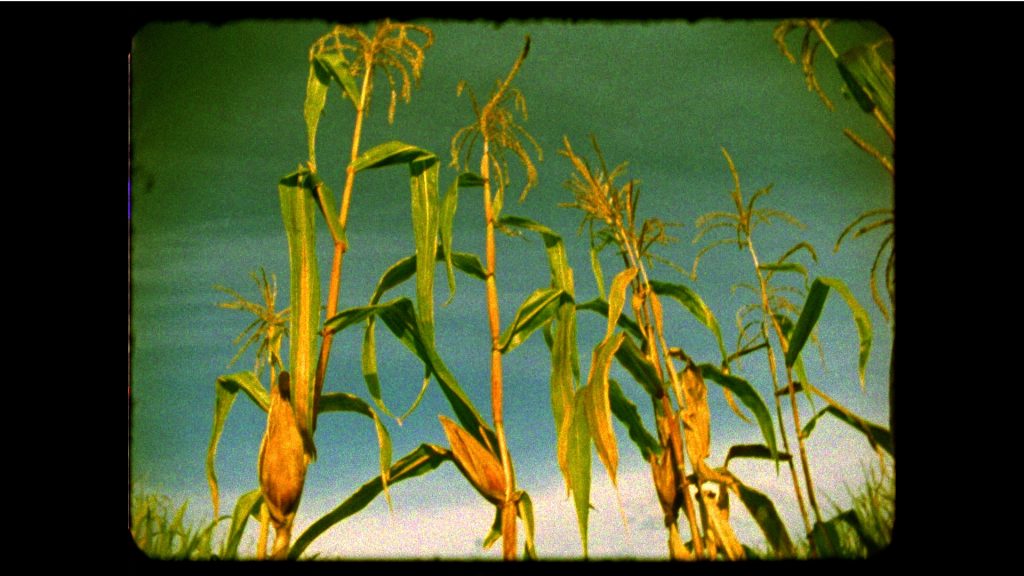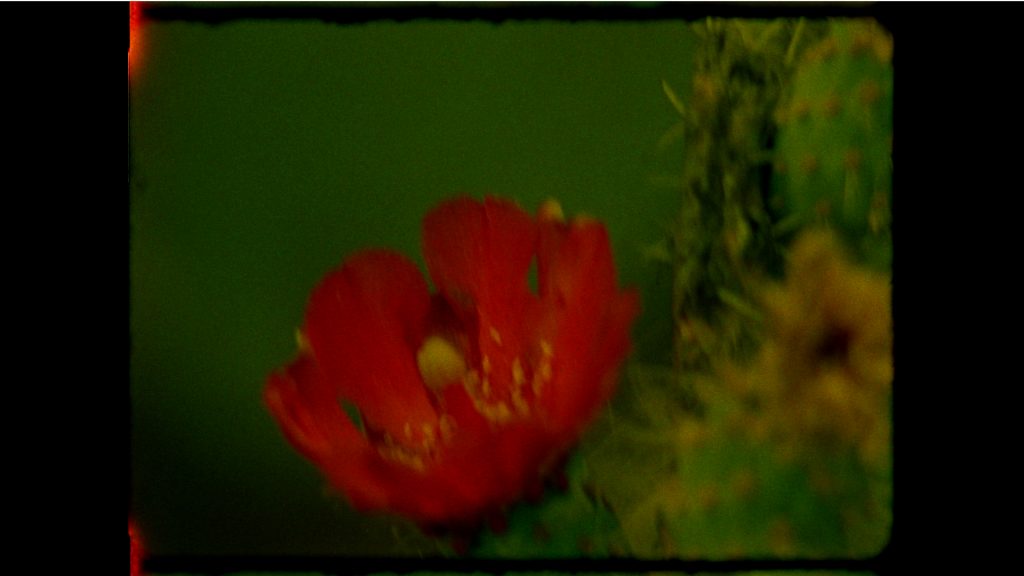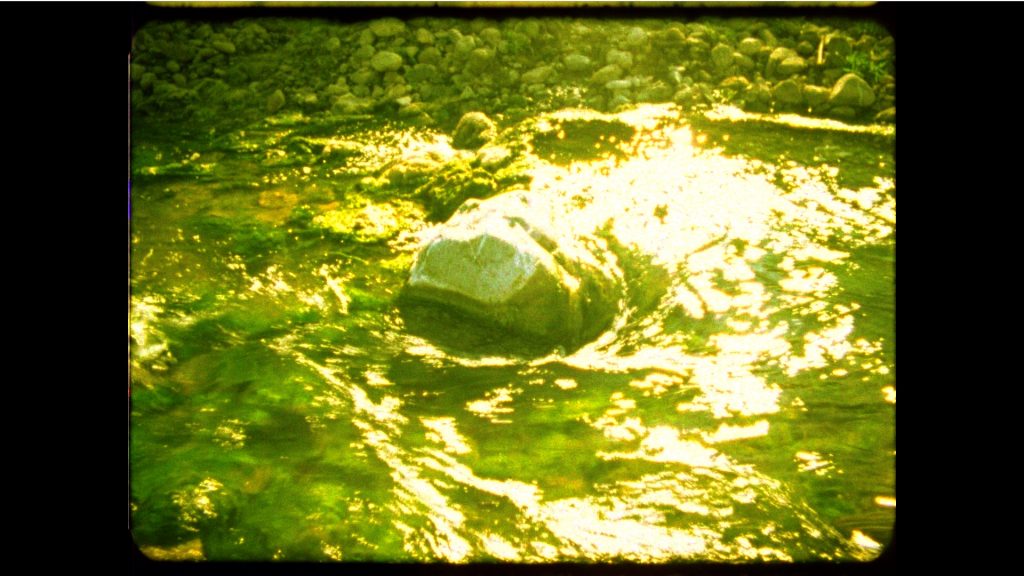Pirámide erosionada
Thesis 61: Extinction, exhaustion, entropy, wear, fatigue, and destruction make up a possible ecological correlate of the directive images of contingent reason.
Thesis 62: The directive images of contingent reason imply three relational systems and processes of organizational internality: the world that produces reason in the Anthropocene, the limits postulated by critical reason and the nature that links speculative reason.
Thesis 63: The world, limits and nature constitute the guiding images of contingent reason.
Thesis 64: The constructivist differentiality of contingent reason according to its connection with each of these guiding images generates: 1) a productivist and objectifying reason in relation to the world (Capitalist realism); 2) a critical and reflective reason in relation to the limits (Ecological realism); 3) a speculative reason in relation to nature (Speculative realism).
Thesis 65: The first relational process of organizational internality (objectifying reason) implies a deterministic, scientistic, objectual, realistic, cognitive, epistemic production, as well as the assertion of the ontological one-sidedness of the world.
Thesis 66: The objectifying perspective of reason in the Anthropocene, in its productivist relationship with the world, presupposes a pre-existing and inherent structure to nature that enables the objectivity of the world.[1]
Thesis 67: Contrary to objectifying reason, the relational process of critical reason (Ecological Realism) presupposes the radical and irreducible exteriority and objectivity of nature on which basis the necessary limits for the destructive activity of reason in the Anthropocene will be determined.
Thesis 68: The reflective perspective of critical reason, in its ecological relationship with the world, implies the establishment of limits for the productivism of reason in the Anthropocene.
Thesis 69: Finally, the relational process of speculative reason links the world as a perspectival hyperimage in motion from which nature is conceived as multinaturalist circumstance from its immediately relational multiplicity.
Thesis 70: The perspectivism of speculative reason, in its multinaturalist link with the world, enables the capacity of simultaneous perception according to incompatible, paradoxical and irreconcilable perspectives.
Thesis 71: Speculative reason is the relational, anthropophagic and autophagic perspective of Shamanic Materialism.
[1] This objectifying perspective also supposes and considers work as an anthropological invariant as a practical principle of transformation and effective production of the world. Would work as an anthropological invariant not suppose, in turn and as a correlate of its apparent invariance, a speculative invariant (perhaps more metaphysical than speculative) as a horizon of telematic determination present in multiple layers of human and posthuman history? Wouldn’t Reason, as a faculty of the unconditioned, be precisely the aberrant retroactivity of a radical affirmation that determines the conditions of real experience? It is no coincidence that, in the anti-ecological model of modernity, the pyramid is the figure that determines the representation of the food chain, symptomatically establishing a pharaonic condition of transcendent illusion for the current civil disassociation of the Capitalocene, thus producing not only pharaonic resurrection machines (corporate pyramids) but the objectifying assemblages of the sinister machine of capitalist precarization, devastation and annihilation.






